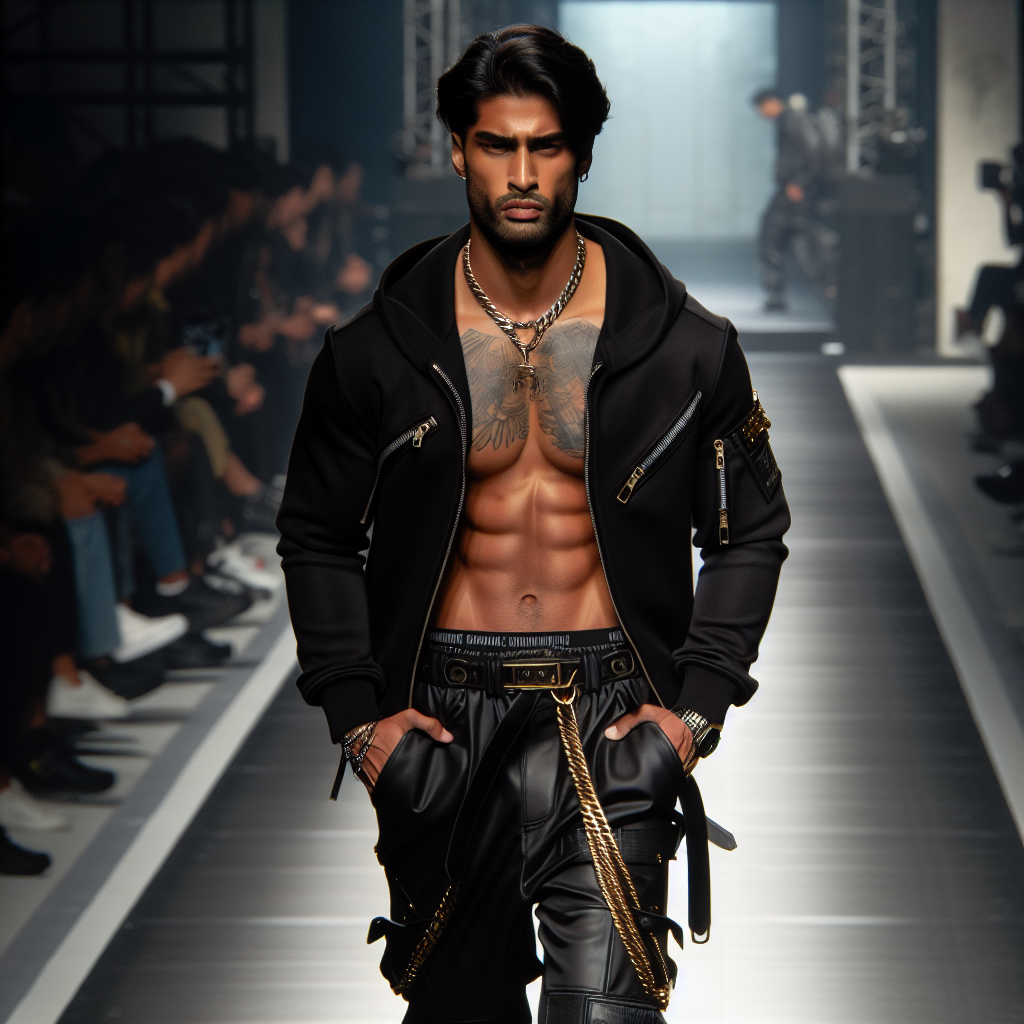The Impact of Fast Fashion on the Environment
Sustainability and ethical practices have become increasingly important in the streetwear industry as consumers demand more transparency and accountability from clothing brands. One of the key issues facing the industry is the impact of fast fashion on the environment. Fast fashion, characterized by rapid production and quick turnover of designs, has led to increased carbon emissions, water pollution, and massive textile waste. The high demand for affordable, trendy clothing has resulted in a constant cycle of production, consumption, and disposal, contributing to the depletion of natural resources and the degradation of ecosystems.
Furthermore, the use of non-renewable resources, such as petroleum-based synthetic fibers, in fast fashion production further exacerbates its environmental impact. The extraction and processing of these materials contribute to air and water pollution, as well as habitat destruction. Additionally, the widespread use of chemical dyes and finishes in fast fashion garments further pollutes water sources and harms local communities.
To address these environmental challenges, many streetwear brands are reevaluating their supply chain and production processes. This includes adopting sustainable materials, such as organic cotton, recycled polyester, and innovative eco-friendly fibers. Additionally, some brands are implementing water-saving techniques, reducing energy consumption, and investing in renewable energy sources to minimize their carbon footprint. By prioritizing ethical and sustainable practices, streetwear brands can mitigate the negative impact of fast fashion on the environment, and align with the growing movement towards eco-conscious consumerism.
Sustainable Materials and Production in Streetwear
One of the key aspects of sustainability and ethical practices in the streetwear industry is the adoption of sustainable materials and production processes. With a growing focus on environmental and social responsibility, streetwear brands are increasingly turning towards sustainable and eco-friendly materials in their garment production. This shift towards sustainability is driven by the rising consumer demand for ethically produced clothing and the industry’s recognition of the need to minimize its environmental impact.
Sustainable materials such as organic cotton, hemp, and recycled polyester are gaining popularity in streetwear production. Organic cotton, for example, is grown without the use of synthetic pesticides or fertilizers, reducing its environmental footprint. Similarly, hemp is known for its minimal need for water and pesticides, making it a highly sustainable material choice. Additionally, recycled polyester, made from post-consumer plastic bottles, helps reduce waste and dependence on virgin plastics.
Furthermore, the adoption of eco-friendly production methods, such as water-saving dyeing processes and energy-efficient manufacturing, is becoming increasingly prevalent in the streetwear industry. Brands are investing in innovative technologies that minimize water usage and waste generation, thus contributing to a more sustainable production cycle.
By incorporating sustainable materials and production practices, streetwear brands are not only aligning with the growing sustainability movement but also appealing to environmentally conscious consumers. As the industry continues to embrace these ethical practices, the use of sustainable materials and production processes is set to become the norm rather than the exception in the streetwear market.
Ethical Supply Chain and Labor Practices in Streetwear Industry
In recent years, the streetwear industry has been increasingly focused on sustainability and ethical practices, particularly in terms of its supply chain and labor practices. The emphasis on ethical supply chain and labor practices in the streetwear industry is driven by the growing awareness of the social and environmental impact of fast fashion. Brands are under pressure to ensure that their products are made in a manner that is both socially and environmentally responsible.
One of the key aspects of ethical supply chain and labor practices in the streetwear industry is the fair treatment of workers. This includes ensuring that workers in all stages of production, from material sourcing to manufacturing, are paid fair wages and provided with safe working conditions. Additionally, there is an increasing focus on the well-being of workers and the communities in which production takes place.
Transparency is also a crucial element of ethical supply chain and labor practices. Consumers are increasingly demanding visibility into the production processes of the streetwear brands they support. This includes information about where materials are sourced, the working conditions of the individuals involved in production, and the overall environmental impact of the manufacturing process.
Furthermore, the streetwear industry is embracing the concept of ethical and sustainable sourcing of materials. This involves seeking out eco-friendly and responsibly sourced materials, such as organic cotton and recycled fabrics, to minimize the environmental impact of production. By prioritizing ethical material sourcing, brands can reduce their carbon footprint and contribute to a more sustainable industry.
In conclusion, the streetwear industry is making strides towards implementing ethical supply chain and labor practices. The focus on fair treatment of workers, transparency in production processes, and sustainable material sourcing is transforming the industry and setting new standards for ethical practices. As consumer awareness continues to grow, it is imperative for streetwear brands to prioritize sustainability and ethics in order to maintain relevance in the market.




